Fighting power of the Wehrmacht, Part II.
Training of soldiers, casualties, awards and death sentences of German and US Army during the Second World War.
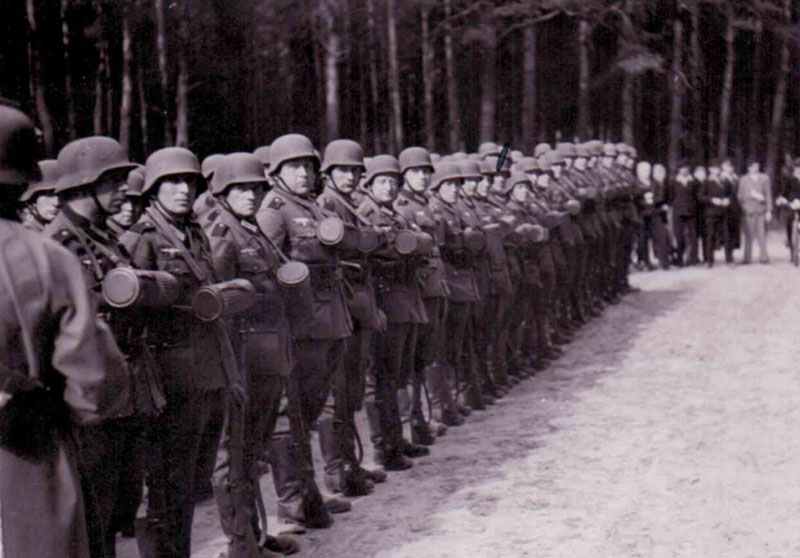

Comparison of Wehrmacht and US Army
Table of Contents
Training of soldiers
The duration of basic training in the Wehrmacht was different. In 1938, it took’s 16 weeks for infantrymen, 1940 only eight weeks, 16 weeks in 1943, and in 1944 from 12 to 14 weeks.
For the armored troops the basic training lasted 21 weeks during the entire war, although it occurred since 1944 that recruits had to be participated in combat units after 16 weeks if necessary.
For comparison, the basic training in the U.S. Army until 1943 was at just 13 weeks. This was later increased to 17 weeks, but by pressure for the preparations for the invasion in the Normandy again had to be reduced to 13 weeks.
Tank crews received a training from 17 weeks, but in January 1945 this had to be shortened to 15 weeks.
The average loss rate of a U.S. infantry regiment in World War II was 100 percent after three months of uninterrupted combat missions.
A more important difference is that German divisions were formed with personnel from the same part of the country (all replacements were provided by a certain military district) and replacements were sent by march battalions from already together trained recruits.
With the U.S. Army there were usually no ‘regional’ divisions and all recruits were individually spread over various combat troops and not together with the comrades with whom they had made the training. In many cases the GI’s didn’t know the other men in their unit – with whom they have to fight and probably to die – not even by name.
In the Wehrmacht there was always the most qualified personnel (both physically and mentally) – especially for the officers – with the fighting forces.
With the U.S. Army – including officers – it was the other way around: the best men were with the so-called ‘support troops’ (supply, administration, etc.). This was due to the fact that the training in America was already led by the ‘support troops’, which picked out the best personnel for them self – and these men in turn were mostly happy not to be burned with the front-line troops.
German divisions or elements of them were mostly regularly removed from the front for resting, refreshment and refitting.
With the US Army every soldier in Europe had to fight on until he was either dead, injured, sick or a ‘psychiatric case’. For this reason – and because of the laxer punishment – the number of ‘psychiatric cases’ and the unauthorized removal of soldiers or numbers of desertions was a much huger problem in the U.S. Army than in the Wehrmacht. This concern resulted from the limited shipping space, the months-long journey times because of the vast distances to America and the ever-acute lack of ‘battle-worthy front soldiers’ in the US Army in Europe.
Casualties
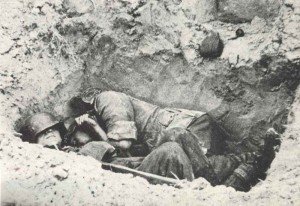
In the French campaign of 1940 where 21.9 percent of the casualties were kills. This figure rose to 22.9 percent during the Russian campaign. Out of 100 wounded in the campaign in France 85 (83 in the summer of 1941, 77 in the winter of 1941) could be expected to return to service.
Between 7.9 percent (France 1940) and 12.2 percent (Russia in January 1942) of the wounded died.
With the U.S. Army this proportion was only 4.5 percent and 64 percent of the wounded returned to any type of service.
KIA:
Period | Total | Officers (average share in the army was 2.5 percent) |
|---|---|---|
1939-40 | 73,829 | 5.9 % |
1940-41 | 138,301 | 5.6 % |
1941-42 | 445,036 | 3.8 % |
1942-43 | 418,276 | 3.9 % |
1943-44 | 534,112 | 3.9 % |
to December 1944 | 167,335 | 3.2 % |
Total 1939-1944 | 1,776,889 | 4.0 % |
MORE ABOUT:
Awards
Award | Number of awards |
|---|---|
Iron Cross 2nd class | 2,300,000 |
Iron Cross 1st class | 300,000 |
Knight's Cross of the Iron Cross | 5,070 |
569 |
|
Knight's Cross of the Iron Cross with Oak Leaves with Swords | 87 |
Knight's Cross of the Iron Cross with Oak Leaves with Swords and Diamonds | 13 |
Knight's Cross of the Iron Cross of the Golden Oak Leaves with Swords and Diamonds |
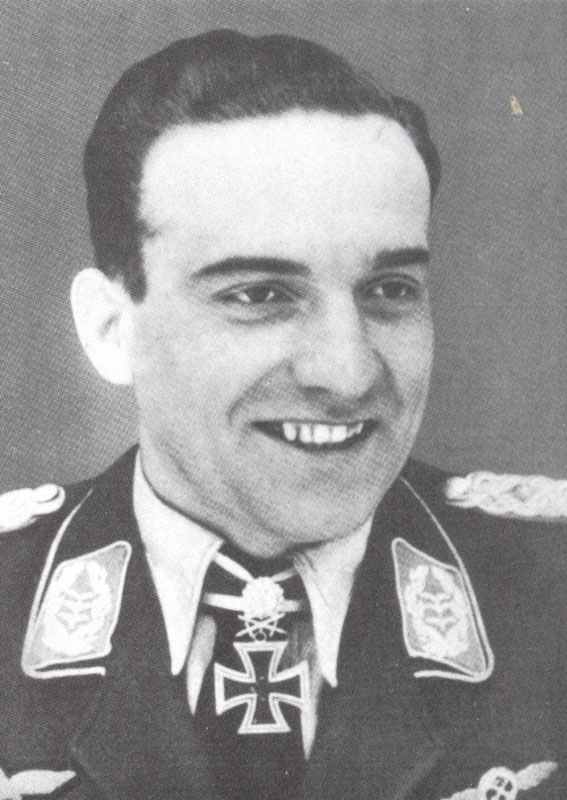
45 percent of all awards in the U.S. Army were issued only to officers and were often awarded for achievements outside the battlefield – opposite to the practice in the Wehrmacht.
Military Jurisdiction
Death sentences:
Period | death sentence for desertion, etc | Number of executions for all other offenses (civil offenses such as murder, rape, robbery, etc.) |
|---|---|---|
1940 | 312 | 559 |
1941 | c. 470 | 425 |
1942 | 1,551 | c. 1,560 |
1943 | c. 1,364 | 2,880 |
January-September 1944 | c. 1,605 | 3,829 |
January-April 1945 | ? | 2,400 |
for comparison: US Army in Europe 1942-1945 | 1 (of 188 sentences) | 69 (of 253 sentences) |
The military jurisdiction of the Wehrmacht during the Second World War refers to the legal authority and judicial system exercised by the German armed forces (Heer, Kriegsmarine, Luftwaffe) over their personnel, occupied territories, and, to some extent, civilians, during WWII (1939–1945). This jurisdiction was distinct from the civilian judicial system of Nazi Germany and was governed by a set of military laws, decrees, and special wartime ordinances.
Legal Basis and Structure:
– Wehrmachtgerichtsbarkeit (Wehrmacht Jurisdiction): The Wehrmacht maintained its own court system, including summary courts (Feldgerichte), military tribunals, and higher military courts.
– Legal Framework: The system was based on the German Military Penal Code (Militärstrafgesetzbuch, MSG), the Military Criminal Procedure Code (Militärstrafgerichtsordnung), and numerous wartime decrees issued by the High Command of the Wehrmacht (OKW).
Scope of Jurisdiction:
– Military Personnel: All members of the Wehrmacht were subject to military law, including crimes such as desertion, insubordination, cowardice, and defeatism.
– Civilians in Occupied Territories: In many occupied areas, especially in the East, the Wehrmacht exercised judicial authority over civilians, particularly regarding acts deemed hostile to the German military.
– Foreign POWs and Partisans: The Wehrmacht courts often handled cases involving prisoners of war, resistance fighters, and partisans, frequently applying summary justice.
Special Wartime Decrees:
– Kriegsgerichtsbarkeitserlass (Decree on Military Jurisdiction, 1939): Expanded the authority of military courts in the context of total war.
– Commissar Order (Kommissarbefehl, 1941): Ordered the summary execution of captured Soviet political commissars, bypassing any judicial process.
– Barbarossa Decree (1941): Gave Wehrmacht officers the right to execute civilians without trial for alleged resistance or sabotage in the Soviet Union.
– Nacht und Nebel Decree (under cover of darkness; 1941): Allowed for the secret arrest and disappearance of persons suspected of resistance activities in Western Europe.
Practice and Consequences:
– Harsh Discipline: The Wehrmacht’s legal system was known for its severity, especially in the later years of the war. Tens of thousands of German soldiers were executed for military offenses, particularly desertion.
– War Crimes: The military jurisdiction system facilitated and, at times, mandated war crimes, especially on the Eastern Front, by providing legal cover for atrocities against civilians and POWs.
– Interaction with SS and Police: In some areas, the SS and police had overlapping or separate jurisdiction, especially concerning Jews and political opponents, but the Wehrmacht often cooperated or deferred to them.
End and Aftermath:
– Collapse in 1945: With the defeat of Nazi Germany, the Wehrmacht’s legal system was dissolved. Many of its judges and prosecutors were investigated for complicity in war crimes, though relatively few were prosecuted.

see also: German Fighting Power in World War One
References and literature
Kampfkraft – Fighting Power (Martin van Crefeld)
Der Genius des Krieges (Trevor N. Dupuy)
Den Krieg denken – Die Entwicklung der Strategie seit der Antike (Beatrice Heuser)
Hitler’s Army: Soldiers, Nazis, and War in the Third Reich (Omer Bartov)
Die Wehrmacht: Mythos und Realität (Klaus-Dietmar Henke)
Die Wehrmachtjustiz 1933–1945 (Manfred Messerschmidt)
The Wehrmacht War Crimes Bureau, 1939–1945 (United States Holocaust Memorial Museum)


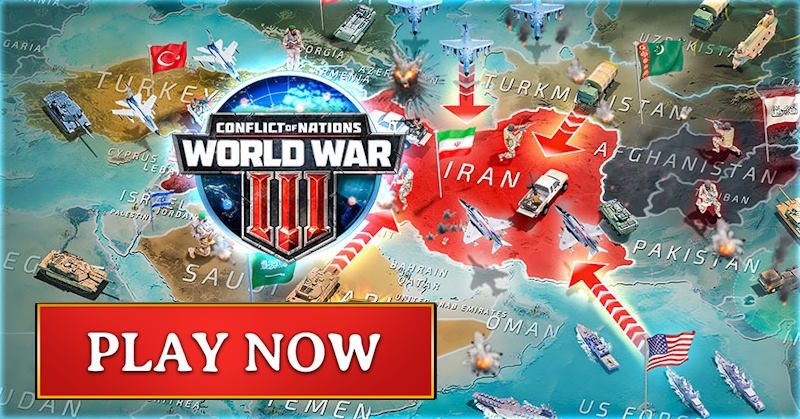
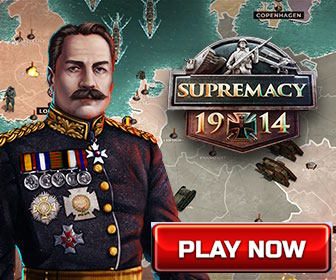
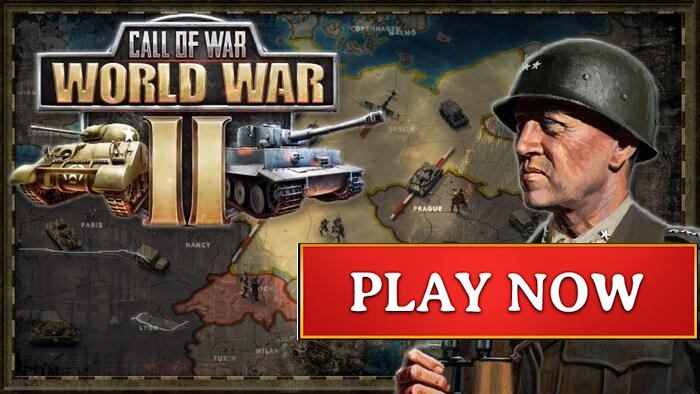
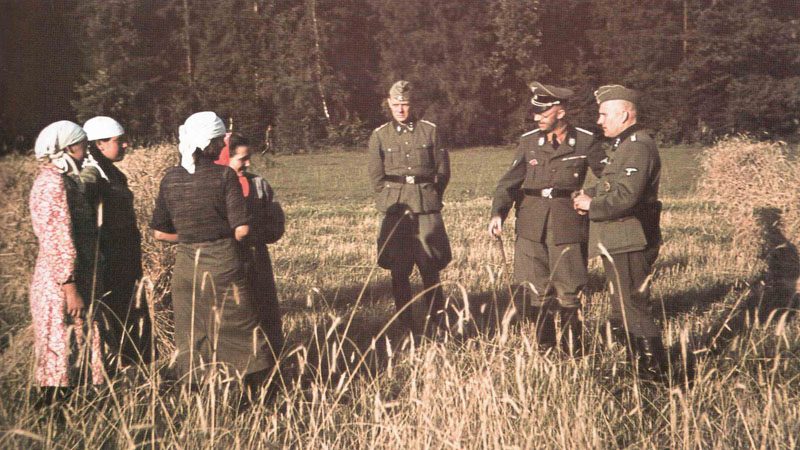
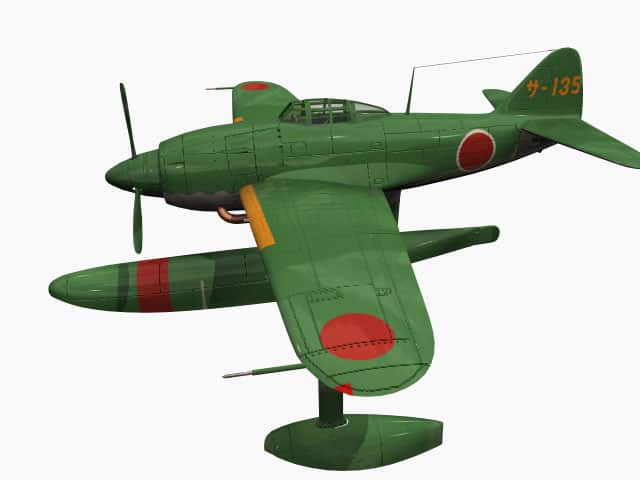
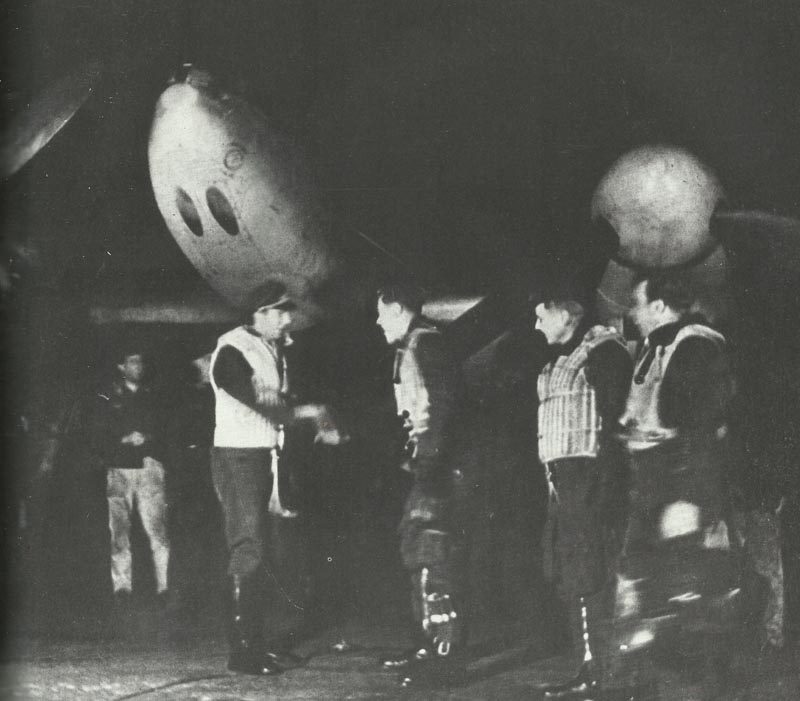
Great analysis. I studied electrical engineering in Germany and worked with German manufacturers. The Germans are well organized people. Even the simple workers on the factory floors are good educated. I met a few returned soldiers from the Russian front. I think on average the individual German soldier is better educated than his enemy most of the time. That should be one of the reasons why the Germans have superior fighting power.
As BIG!!!!…A patriot I am and as much as I love my country,I agree that the German army was far more superior than allied forces!…I HAD BOTH GRANDFATHERS FIGHT IN WORLD WAR 2.One in the European campaign and one in the Pacific,My grandfather said that the German army was devastating while in retreat,They lost more men in pursuing the Germans while in retreat then in a straight up fight!…MY GRANDFATHER OFTEN SAID THANK GOD THE GERMANS PREETY MUCH STOOD ALONE DURING THE DURATION OF THE WAR.”They faced the United States,Great Britan,Russia,France,And Poland,Canada,Among others and still hung in there as long as they did.”WE MIGHT ALL BE SPEAKING GERMAN NOW!…But he truely believed that without our industrial MIGHT!! The allies would have lost!
I have heard as much concerning the German Army. As they retreated in Russia they forced the persuing Red Army to pay dearly.
“no ‘regional’ divisions”?
Twenty US Infantry Divisions (numbered 26 through 45) were federalized National Guard (state militia) Divisions that were entirely regional in nature. Several other higher numbered divisions, mainly numbered in the 80s and 90s, were Regular Army divisions formed from scratch with conscripts from a single region. The 82nd Infantry Division was a notable exception, being formed of men from all 48 states, and adopted the designation “All-American” giving rise to the now famous red, white, and blue AA shoulder sleeve insignia.
Probably the foremost among the National Guard divisions was the 45th Infantry Division “Thunderbird”, formed mostly from the Oklahoma National Guard along with Guard elements from New Mexico, Colorado, and Arizona. The 45th participated in amphibious assaults at Scoglitti, Salerno, Anzio, and St. Maxime. Once in southern France it pursued the fleeing Army Group G, linked up with divisions coming from Normandy and began the drive toward the German border. The division crossed the Siegfried Line in March,1945, and continued on to capture Aschaffenburg and Nürnberg, crossing the Donau on April 27th. On April 29th, soldiers from the 45th were the first to enter the main camp at Dachau, moving on to capture München on March 1st where it remained until V-E day. During the occupation of München, soldiers of the 45th discovered Adolph Hitler’s personal apartment and looted it, later bringing the contents home as war trophies of the division. These items remain on display at the 45th Infantry Division Museum in Oklahoma City to this day. The 45th saw 511 days of combat and was awarded eight campaign streamers, four with arrowhead devices, signifying a combat assault landing, achievements in line with those of other, much better known Regular Army divisions like the 1st Infantry Division (Big Red One), 3rd Infantry Division (Rock of the Marne), and Patton’s own 2nd Armored Division (Hell on Wheels).
From its activation in 1920, the 45th Division used a yellow swastika on a red square as its shoulder sleeve insignia. It was a common symbol in the iconography of Native American tribes in the region. In 1935, a yellow Thunderbird, another common native symbol, replaced the swastika. It differed from the Nazi use of the symbol by being oriented vertical/horizontal rather than diagonal. The red square background was oriented diagonally.